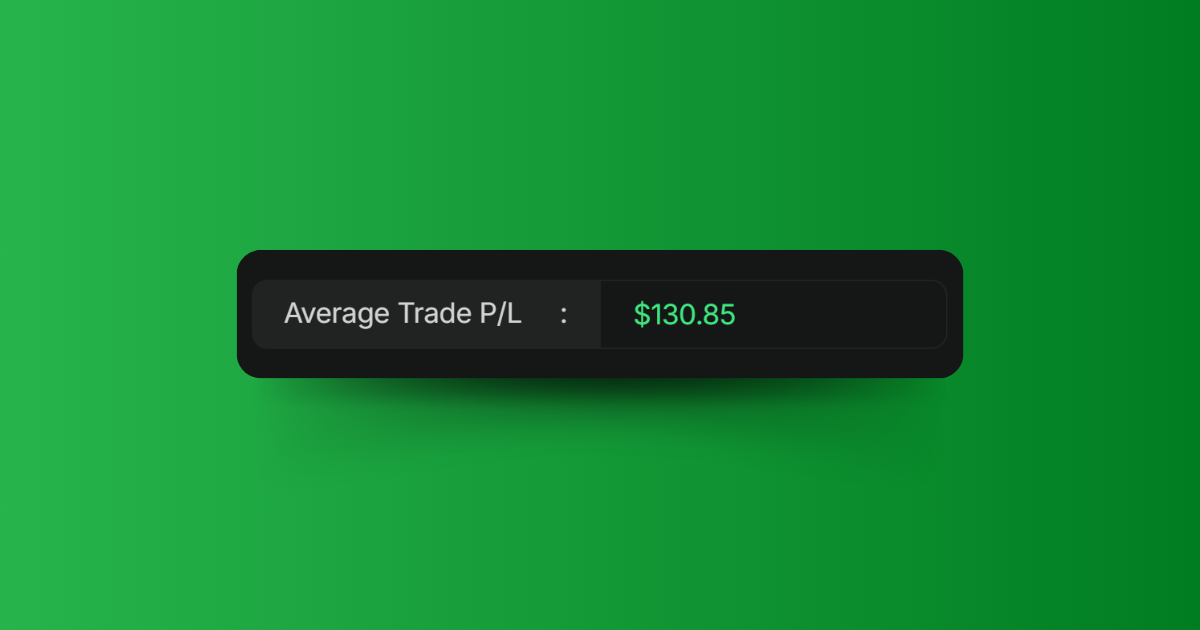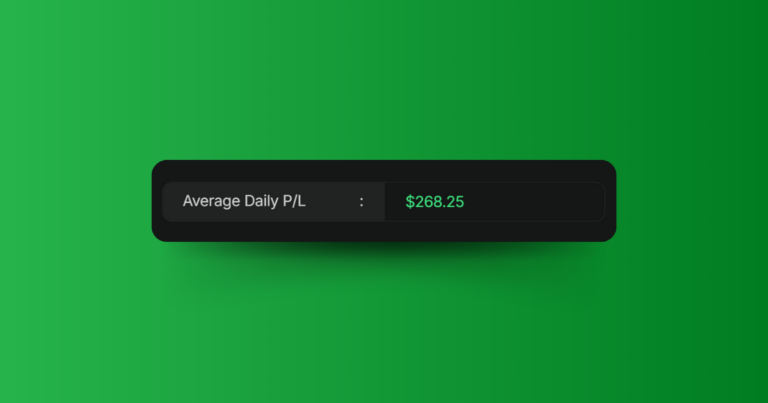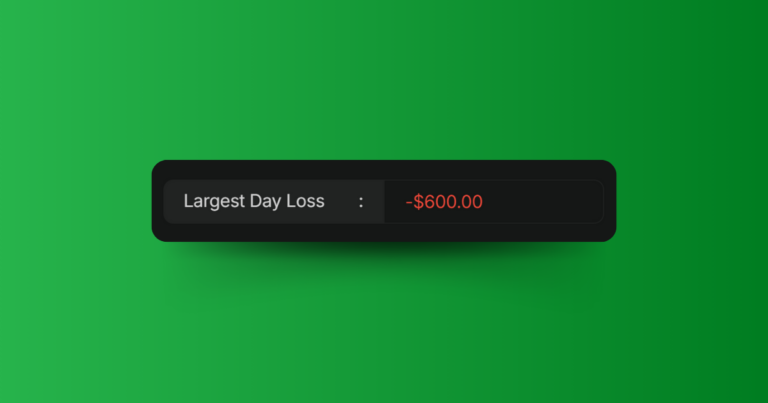Average trade profit/loss is how much money you make or lose on each trade, on average. You get it by adding up all your winning trades and all your losing trades, then dividing that total by the number of trades you made.
Average Trade P/L = Total Net Profit or Loss / Total Number of Trades
Example 1: Profitable P/L
- Total net profit: $20,000
- Number of trades: 100
- Calculation: Average Trade P/L = $20,000 / 100 = $200
- Interpretation: You earn an average of $200 per trade.
Example 2: Negative P/L
- Total net loss: -$5,000
- Number of trades: 50
- Calculation: Average Trade P/L = −$5,000 / 50 = −$100
- Interpretation: You lose an average of $100 per trade.
| How It Can Be Used | Limitations |
|---|---|
| Assessing efficiency of trading strategy | Can be skewed by large wins or losses |
| Planning future trades and position sizing | Doesn’t show distribution of wins and losses |
| Comparing performance across periods | May not be meaningful with small sample sizes |
In practice, a trader uses their average trade profit/loss to quickly see if their trading strategy is generally working. If the number is positive over a set period, they’re likely making money per trade. If it’s negative, they know they need to adjust their approach. They might compare averages across different strategies, or use it to track their progress over time, identifying areas where they can improve their trading.




